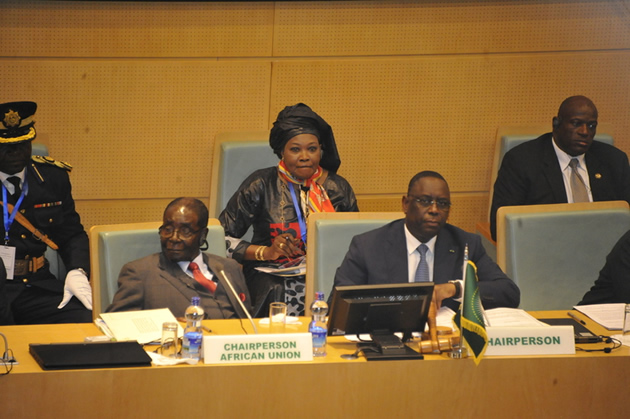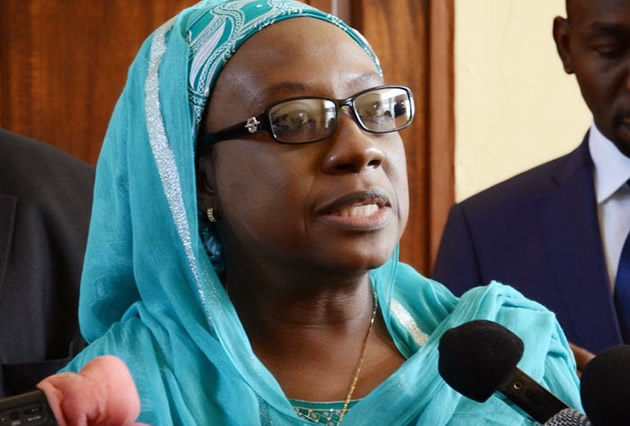Food aid requirement figure hits 3 million

Elita Chikwati Agriculture Reporter
The number of people needing food aid has doubled from 1,5 million last year to more than three million, with Government having deployed teams in the field to come up with the actual needs of those made vulnerable by the El Nino-induced drought.
Public Service, Labour and Social Welfare Minister Prisca Mupfumira said yesterday that the country was still using statistics from last year which showed that at least 1,5 million people needed food aid, but this was presenting challenges to food distributors.
The Zimbabwe Vulnerable Assessment Committee (ZimVac) report produced for 2015 captured that 1,5 million people were in need of food, but Minister Mupfumira said the situation had since changed due to the severe drought that hit the country this season.
The first crop and livestock assessment for the 2016/15 cropping season has since been commissioned and its results would be used to come up with the actual figure of those in need of food at the moment.
Minister Mupfumira said they expected the assessment to double the figures from last year.
“We are using food distribution registers which show that the number of those in need of food aid has doubled from 1,5 million last year,” she said.
“Judging by distress calls for food assistance, the number is much more than that of last year’s ZimVac (report). It could have doubled.”
Minister Mupfumira said Government would soon complete the first assessment of the requirements.
“Every year we prepare the ZimVac report after the second crop assessment,” she said. “Government is in the process of carrying out the first crop assessment, while the second one will be carried out between April and May towards harvesting.
“The ZimVac report will then be drafted with wide consultations with stakeholders such as local leadership, food and nutrition committee, Government departments and non-governmental organisations.
“The first crop assessment will assist us to review the current ZimVac statistics. We will be in a position to know the provinces, districts and wards that are food insecure and the number of people in need of aid.”
Minister Mupfumira said the food that was being distributed to provinces was inadequate since it was budgeted for last year’s figures of those in need.
“We have realised more people are in need of food because we are using our registers for current food distribution,” she said. “We realised some vulnerable people are not included in the 1,5 million statistics.
“The problem of food insecurity has spread to all parts of the country and even provinces such as Mashonaland East, Mashonaland West and Mashonaland Central that used to be food secure are affected.”
Minister Mupfumira said Masvingo, Matabeleland South, Midlands and Matabeleland North were among the most affected provinces.
Government is distributing food to vulnerable people, while those with money can buy grain from the Grain Marketing Board or other sources.
Minister Mupfumira said Government had budgeted to distribute 105 000 tonnes of maize to vulnerable households across the country between January and March this year, but this may not be enough.
The Meteorological Services Department predicted normal to below normal rains this season and this has affected crop production.
The drought has not only affected Zimbabwe, but the whole of the Sadc region.
According to the Food and Agriculture Organisation (FAO), crop and livestock production prospects in Southern Africa have been weakened by the El Nino weather phenomenon that has lowered rains and increased temperatures.
FAO raised concern that a reduced agricultural output would follow on last year’s disappointing season, which had already contributed to higher food prices.
The region’s small-scale farmers are almost entirely dependent on rain, rendering their output highly susceptible to weather variations.
This year’s El Nino has been described as the most severe in 18 years.
Agriculture experts have called on Government to invest more into irrigation and assist farmers to shift from rain-fed agriculture as it has become unreliable due to climate change.










Comments